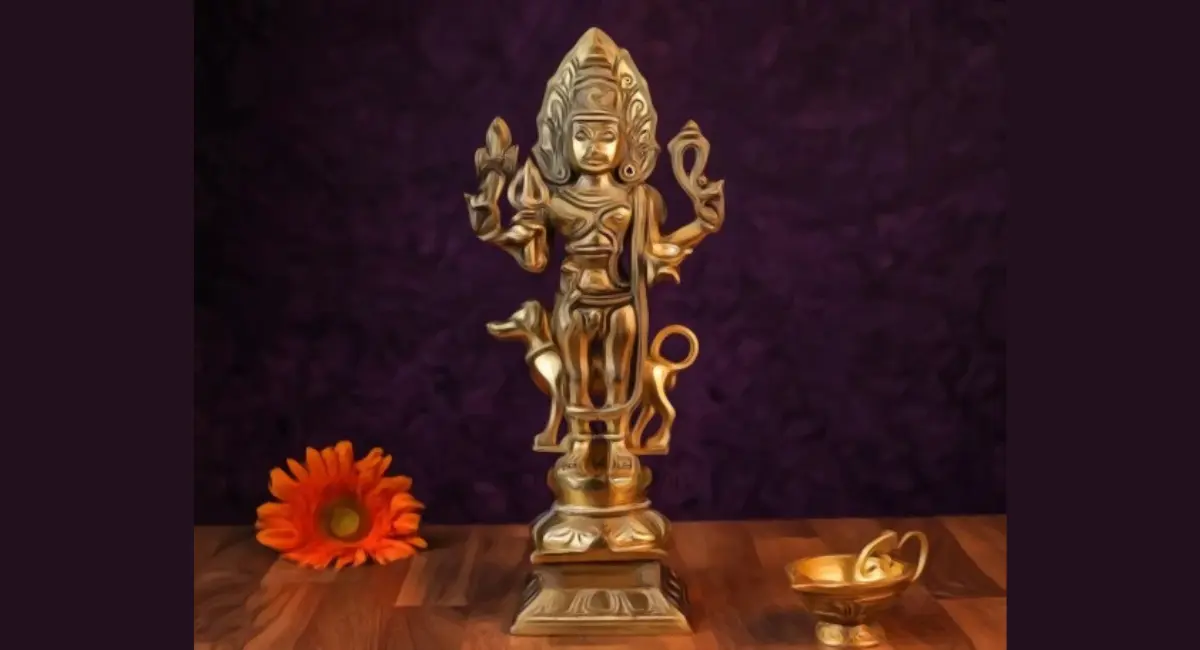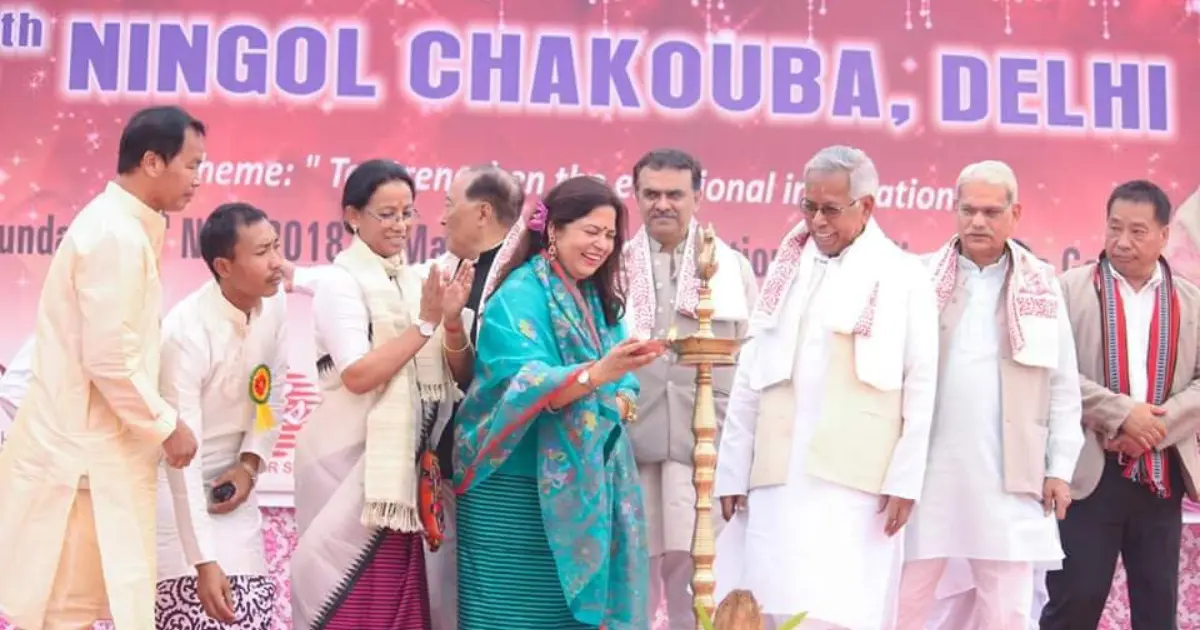Indian religion has always felt that since the minds, the temperaments and the intellectual affinities of men are unlimited in their variety, a perfect liberty of thought and of worship must be allowed to the individual in his approach to the Infinite.
Śrī Aurobindo
The Bhārata Bhāgya Saṃṛddhi Yajña was a mammoth effort that brought back the days of the Vaidika parampara to the people of Bhagyanagaram.
Organized by Smt. Madhavi Latha Kompella (Chairperson, Virinchi Hospitals) in collaboration with Lopamudra Charitable Trust and Lathama Foundation, this was a mega initiative that sought saṃṛddhi, saṃrakṣaṇa and prasiddhi for Bhāratavarṣa in times of rising global turmoil.
The reflections below recount the deeply elevating experience we had when we participated in the yajña on the final night of the 40 day undertaking - on the auspicious Kārtika Pūrṇimā, a tithi dedicated to the worship of Bhagavān Śiva.

A pertinent point to note is that Bhagavān Shiva is also worshipped as Pañcamukha Īśvara, where each of His five-fold faces are associated with each one action pertaining to the brahmāṇḍa:
- Sadyojāta - sṛṣṭi or creation
- Vāmadeva - stithi or preservation
- Aghora - saṃhāra or destruction
- Tatpuruṣa - tirodhāna or veiling
- Īśāna - anugraha or grace
More on these five aspects of Pañcamukha Śiva here.

That day at the Yagna was an immersion for the individual as well as for the community in Śiva-bhakti, towards seeking His anugraha for the preservation and sustenance of dharma and the destruction of adharma at all levels.
From Sacred to Social
According to the Dharmaśāstras, a yajña is an offering of surrender to the devatas that must rest on a sacred authority (the Śruti or the Āgamas) and serve for the abhyudaya and śreyasa for the entirety of the manifest world.

If we observe the Hindu metaphysics and cosmology closely, the devata forms the sacred, conscious core of the civilization. Our utsavas, vratas, sādhana paddhatis as also the central social institutions of kṣetra, gurukula and kuṭumba begin and sustain with and for the devatas.

The sheer beauty of Sanātana Hindu Dharma is that it has evolved and continues to make space for all humanity to touch and experience that sacred, Higher consciousness through its generous ambit of mahotsavas and vratas.

They encompass the most simple to the most elaborate rituals, such that an entire community becomes a partaker of transforming spiritual joy.
The premises of the Yajña, overlooked by the glorious shine of the full moon on Kārtika Pūrṇima witnessed a myriad of devotees engaged in various activities of worship.

The mantras chanted, yantras created, and the tantra followed in the Vaidika rituals would all contribute towards the well-being of all individuals who attended, as well as the collective well being of our Hindu Rāṣṭra at large.

Amongst the chants of Rudram - Namakam and Camakam, we took in the prayers for more strength and clarity as a community.









